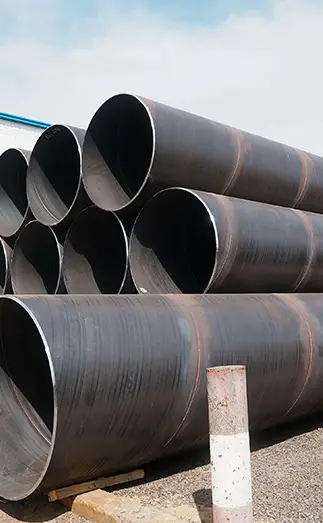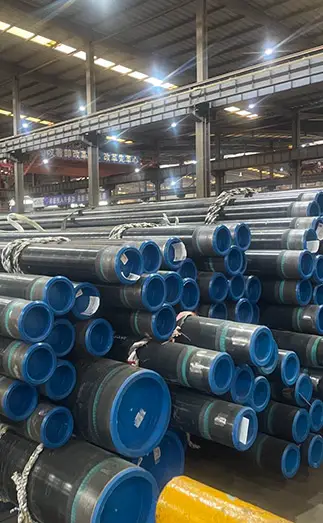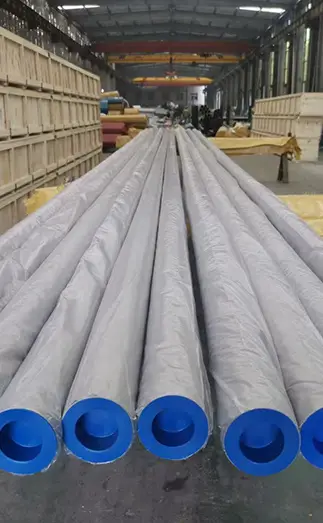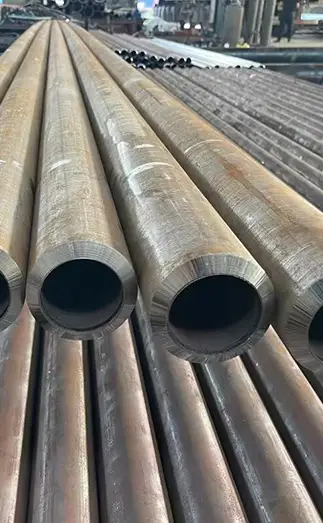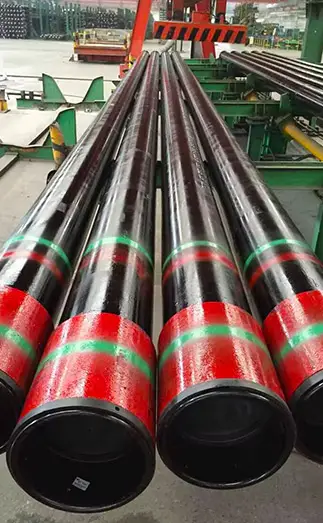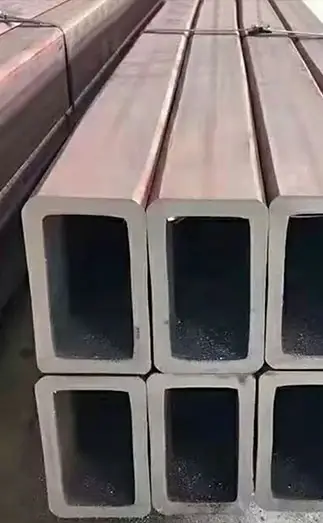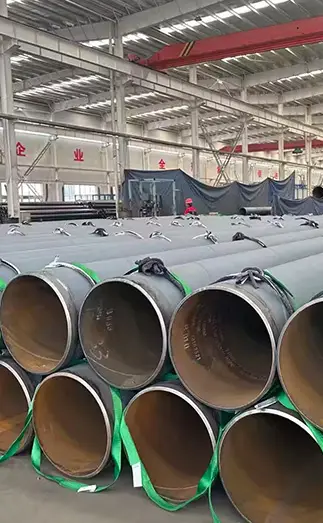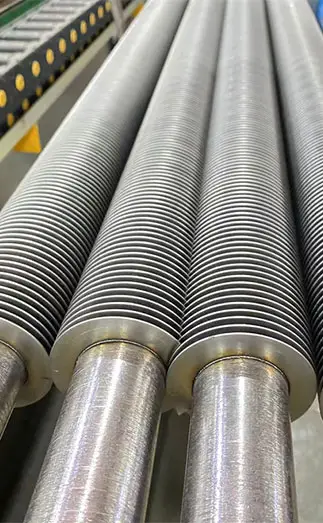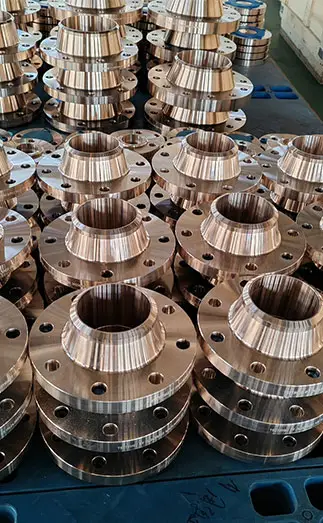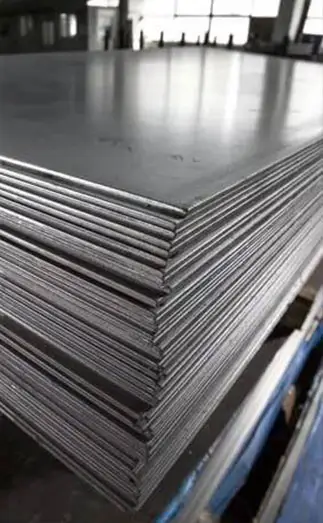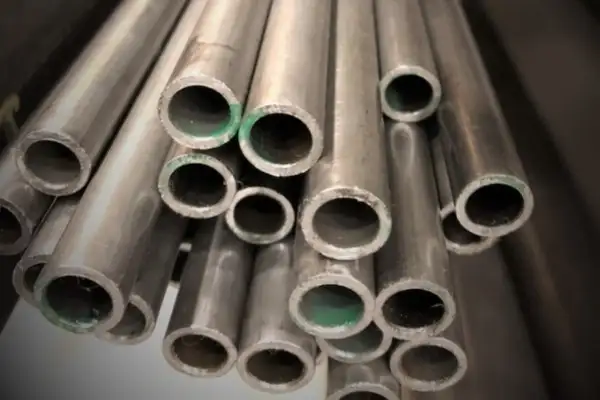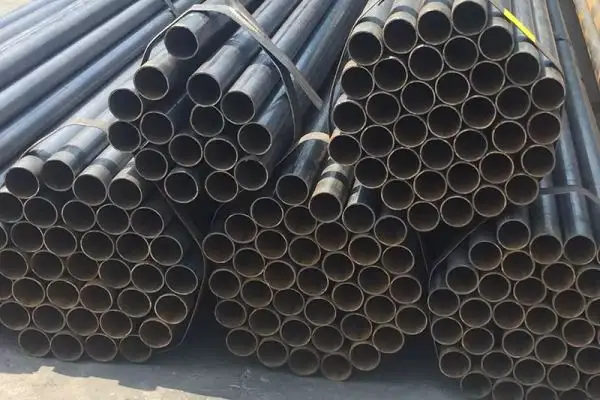Anti-corrosion steel pipes are widely used in engineering projects, with common types including 3PE, TEPE, and epoxy resin coatings. To ensure quality and safety during construction, several key aspects must be carefully considered.
Super Steel Manufacturing Co.,Ltd is professional steel pipe manufacturer, for more details, please contact:sales@super-steels.com
1. 3PE Anti-Corrosion Steel Pipe Spraying Process
Most domestic manufacturers adopt a process combining epoxy powder spraying, adhesive application, polyethylene extrusion, and roller pressing. Compared with traditional rolling methods, the powder-based electrostatic thermal spraying technique provides distinct advantages:
Eliminates the need for rolling operations.
Resolves the issue of thin coatings at spiral welded joints.
Reduces reliance on large plastic extruders and lowers energy consumption.
Process overview: After shot blasting and derusting, the steel pipe is preheated to 210°C–220°C. While the epoxy powder is molten, the adhesive and polyethylene are extruded into thin sheets, wrapped around the pipe, and flattened with a roller. Due to the different material forms (epoxy as powder; adhesive and PE as granules), electrostatic spraying and plasticized extrusion wrapping are the most suitable techniques.
2. Epoxy Resin Coating Application
Coal tar enamel, a hot-applied anti-corrosion material made from coal tar, asphalt, and additives, offers excellent performance:
Strong adhesion and low water absorption.
Good insulation and resistance to bacteria, roots, petroleum products, soil stress, and cathodic disbonding.
Long service life, making it ideal for underground pipeline protection.
Application notes: Before use, break up any hardened paint lumps, melt them into smaller pieces, and place them into a sealed container with a stirrer to avoid contamination. Heating should be slow and uniform using a sealed heater—direct contact with flames must be strictly avoided.
3. Safety Precautions During Construction
Anti-corrosion coating operations generate fine paint mist and volatile solvents, which pose health risks if inhaled. Possible symptoms range from headaches, dizziness, and nausea to more serious toxicity affecting the respiratory, circulatory, digestive, and reproductive systems.
Protective measures include:
Wearing safety glasses or goggles to prevent splashes from reaching the eyes.
Using respiratory protection, such as gas masks or long-tube respirators.
Wearing chemical-resistant gloves to protect the skin from paints and solvents.
Conclusion
Proper process control, careful handling of materials, and strict adherence to safety measures are essential for ensuring the performance and durability of anti-corrosion steel pipes while safeguarding worker health.
For more: ERW Steel Pipe Corrosion Problems



 English
English Español
Español Français
Français بالعربية
بالعربية